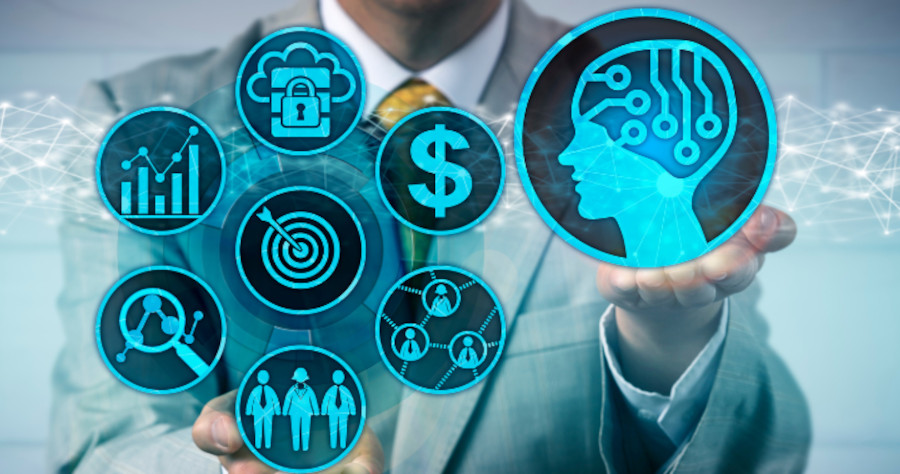On Tuesday, AI company Anthropic introduced Claude 2, an upgraded version of its large language model similar to ChatGPT. Users can now try Claude 2 for free on Anthropic’s website, and it is also available as an API for developers. Anthropic says Claude is designed to have natural conversations and that Claude 2 incorporates user feedback to be more helpful, explain its thinking clearly, avoid harmful outputs, and remember more context.

Anthropic claims Claude 2 shows advances in coding, math, and reasoning abilities. It scored higher on legal and academic reasoning tests compared to the previous version. A major enhancement is Claude 2’s expanded input and output length, allowing it to analyze long texts and generate longer compositions.
For coding, Claude 2 increased its Python programming score from 56% to 71.2% on a test. In math, it improved from 85.2% to 88% on grade-school problems. Anthropic focused on making Claude 2 less likely to generate harmful or offensive text. According to Anthropic, Claude 2 was twice as good at giving harmless responses compared to the previous version.
Claude 2 is now available for general use in the US and UK via Anthropic’s website and API. Companies like Jasper and Sourcegraph have started using Claude 2. While Claude 2 can process long, complex inputs, Anthropic acknowledges its limitations. Language models can invent information, so users should validate Claude 2’s outputs if they’re familiar with the subject matter.
Anthropic says AI assistants are most useful for summarizing or organizing information, not anything involving health or wellbeing. Claude 2 shows improvements, but still requires human validation of its outputs.






